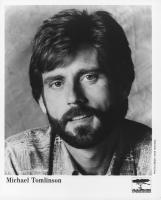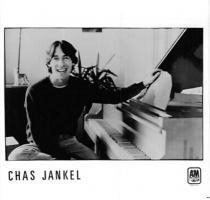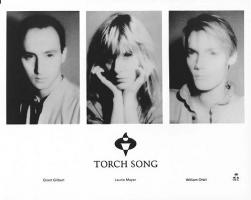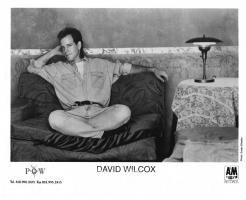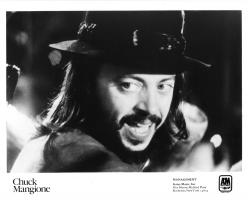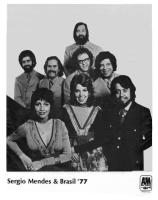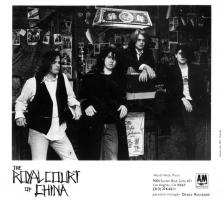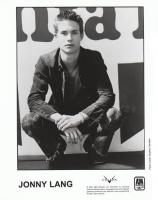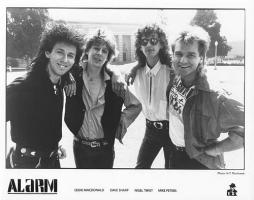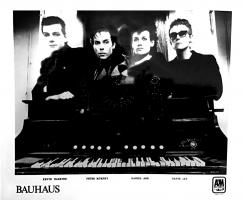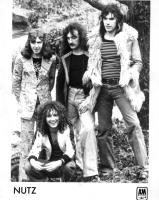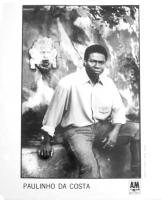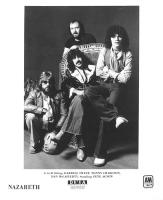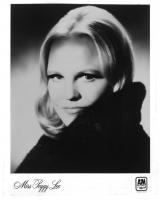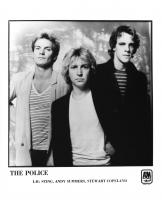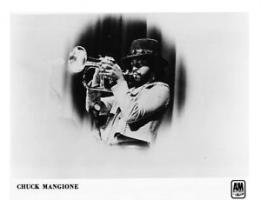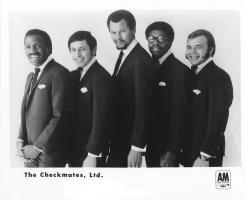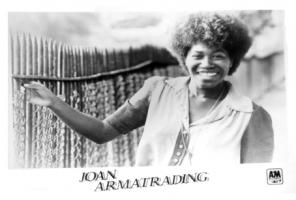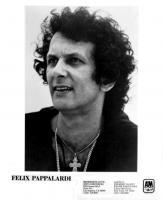NIMBUS RECORDS

Nimbus Records was an independent British classical label and would become a pioneer in CD manufacturing. Informally founded by Count Alexander Labinsky (AKA Numa Libin) and Michael Reynolds in the 1950s. Labinsky held several patents for recording systems and controling the rotation of a turntable relative to a recording head. Reynolds was an electrical engineer. Together they worked to improve recording equipment. They also built their own studio. At the time monaural recordings were dominant and stereo was in its infancy. Labinsky and Reynolds wanted a better sound, surround-sound.Their earliest recordings with their technology began with artists whose catalog remained on Nimbus Records: Hugues Cuenod, Vlado Perlemuter, Youra Guller, and Shura Gehrman.
Michael Reynolds brother Gerald had joined them. His work included creating high-quality laquers to press the records so they could be sold. Nimbus built its own manufacturing plant to ensure the pressings met their standards.
Their next decision was to bring recording studio and pressing plant into one location. They bought the Wyastone Leys estate on the Welsh-British border and built their new studios and pressing plant there. Nimbus next became a leader in the move from analog to digital recording.
Nimbus held the distinction of being Great Britain's first compact disc mastering and production facility; and the first European manufacturer outside Germany. Nimbus began manufacturing CDs in 1984. By the end of 1984, Nimbus was able to produce 80,000 CDs each month. By 1985, production increased to 250,000 discs a month or three million CDs per year. Within three years, it had a 5% share of the world market, selling over 20 million discs a year and grossing about $30 million. Nimbus employed about 500 people in Britain but would reduce its staff by 20% in 1987.
The Nimbus philosophy behind its music was equally cutting edge--create concert recordings with superior sound. Nimbus believed that studio recordings did not have the same power to touch and please the listener as a live performance. Whether recorded at Nimbus's headquarters at Wyastone Leys or in a concert setting, Nimbus recordings were performances played straight through as if it were a concert. "First takes" were the basis of the recordings and edits the exception.
Technically, the recordings were made using one microphone, the Nimbus-Halliday, that captured sound from left to right, front to back and omnidirectionally. By carefully studying the acoustics of the recording hall, Nimbus would set the microphone in the best position to obtain its surround sound audio. Nimbus completed its digital recordings on a modified Sony 1610 recording board. In the mid-1980s, CDs were dependent upon either Sony or Phillips systems to master CDs, however, Nimbus-Halliday created its own mastering system.
Nimbus began manufacturing CDs on September 13, 1984. At full operating capacity it could produce 6 million units per year. In August 1985 Nimbus announced it would add a second CD factory that would allow it to produce 25 million units a year. Plans called for the new plant with 20 presses to open in the summer of 1986. Nimbus needed the additional capacity because it produced CDs for A&M Records and other labels in the UK.
When Nimbus wanted a presence in North America, it researched many companies. "We've been drawn to A&M because it's a company of performing artists and marketing professionals with lots of hustle," said Count Labinsky. Nimbus went on to explain that like A&M, it was founded by a recording artist, it was an independent label, both maintained state-of-the-art recording facilities, and each had an image of quality. Nimbus was also impressed with A&M's ability to generate market excitement for Windham Hill's new age music, Word Record's gospel music, and Shoreline's children's records.
Beginning in March 1987, Nimbus was distributed in the U.S. and Canada by A&M Records. Sixteen Nimbus titles were in the initial release. By May, the complete Nimbus catalog was available. Nimbus also planned an increased number of new recordings and releases.
In September 1987, Nimbus opened a $10 million CD manufacturing plant in Charlottesville, Virginia. The facility was located on a farm estate and included recording, broadcasting and video studios. The plant opened with three CD presses and the capacity to produce up to 16-20 million CDs a year. Nimbus planned to add three more presses in the first year, and an additional six presses for an ultimate manufacturing capacity of 30 million units. The plant would also be equipped to manufacture DAT cassettes. The plant would employ 250 people.
On October 23, 1987 Nimbus closed its CD manufacturing plant in Monmouth, Britain converting it to a research and development facility. The R&D facility would develop CD recording and manufacturing equipment. Nimbus was a pioneer in extending the playing time of CDs beyond their 74-minute limit. It retained its CD manufacturing plant in Wales.
On November 1, 1987, Maxwell Communications of Great Britain acquired a 70% share of Nimbus Records for about $41.5 million.
The Nimbus catalog was about 100 titles in November 1987. Nimbus usually added five new titles each month and projected it would add more than 40 new CDs in 1988. Nimbus did not produce or issue vinyl or cassette recordings in the U.S., however, it issued DAT cassettes in both Great Britain and Japan. It began tape manufacture in late 1987. Through 1987, all Nimbus artists recording sessions were held outside the United States.
To promote Nimbus Records in the U.S., Nimbus teamed with Tower Records for an in-store display contest and a money-back guarantee if customers bought one of two CDs by the English String Orchestra.
In 1988, the Nimbus Records NI 5XXX series of compact discs had no set price.
SOURCES:
The Pursiut of Excellence. Music Week, June 30, 1984.
Classical Music That Tears the Walls Down: the A&M Launch of the Nimbus CD Collection.
Billboard. Changes at Nimbus. Is Horowitz. November 7, 1987.
Billboard. 70% of Nimbus Acquired. Is Horowitz. November 14, 1987.
Billboard. Reorganized Nimbus Plans Price Changes, CD Releases. December 26, 1987.
Billboard. Nimbus Readies DAT Cassettes for Japan Bow. Nick Robertshaw. August 1, 1987.
Billboard. Virginia Nimbus CD Plant to Go On Line in Sept. Is Horowitz. August 8, 1987.

